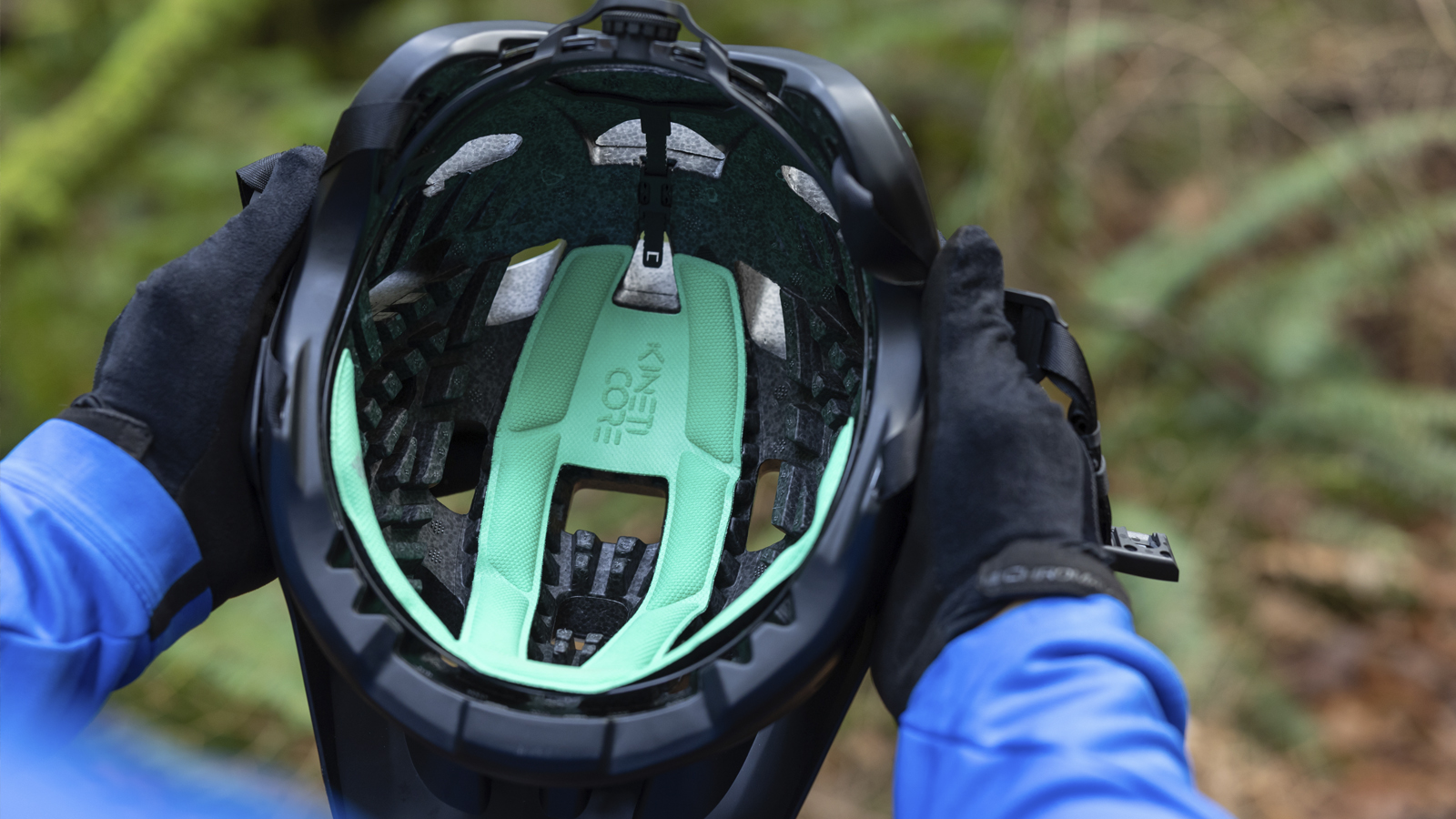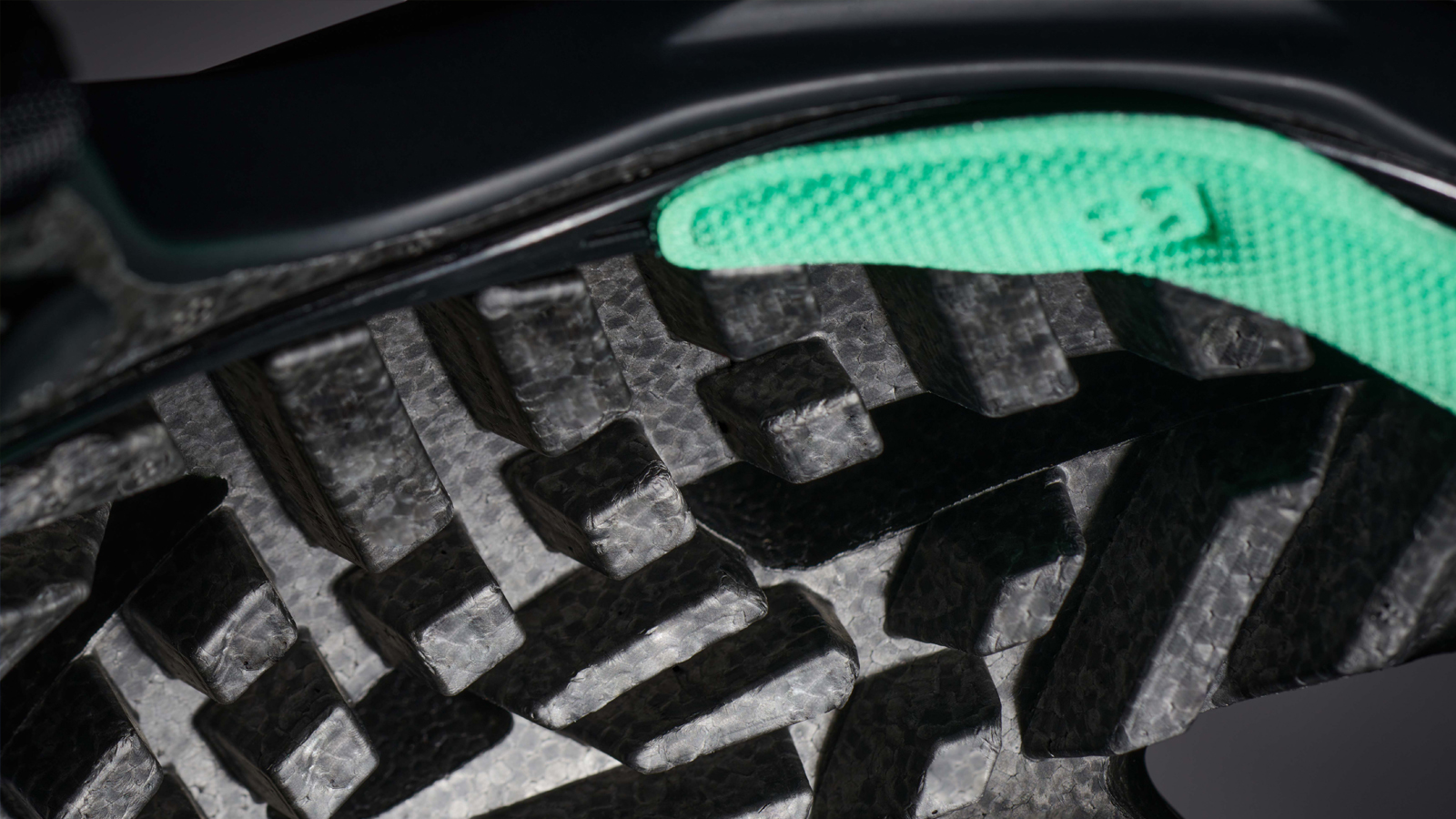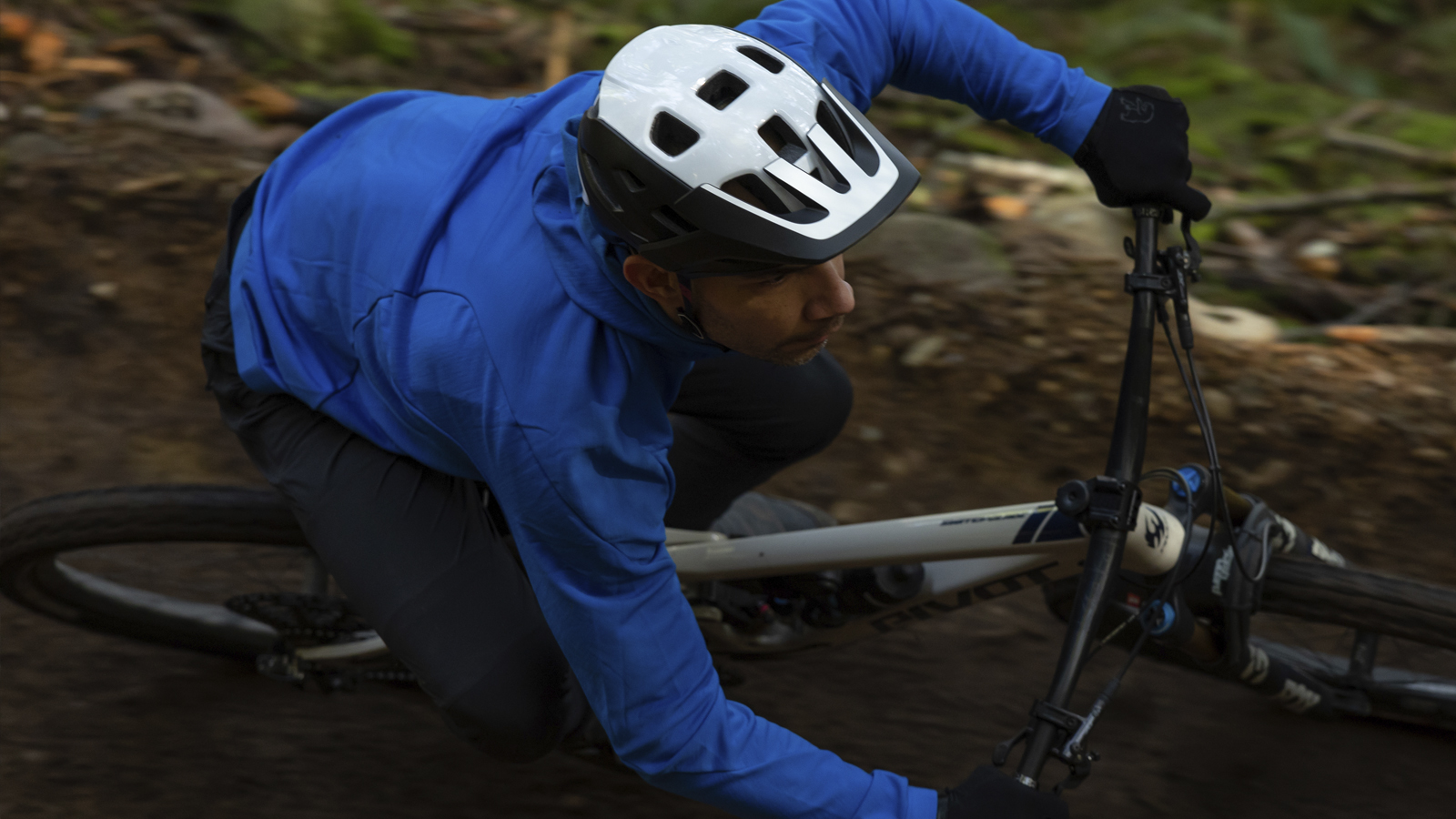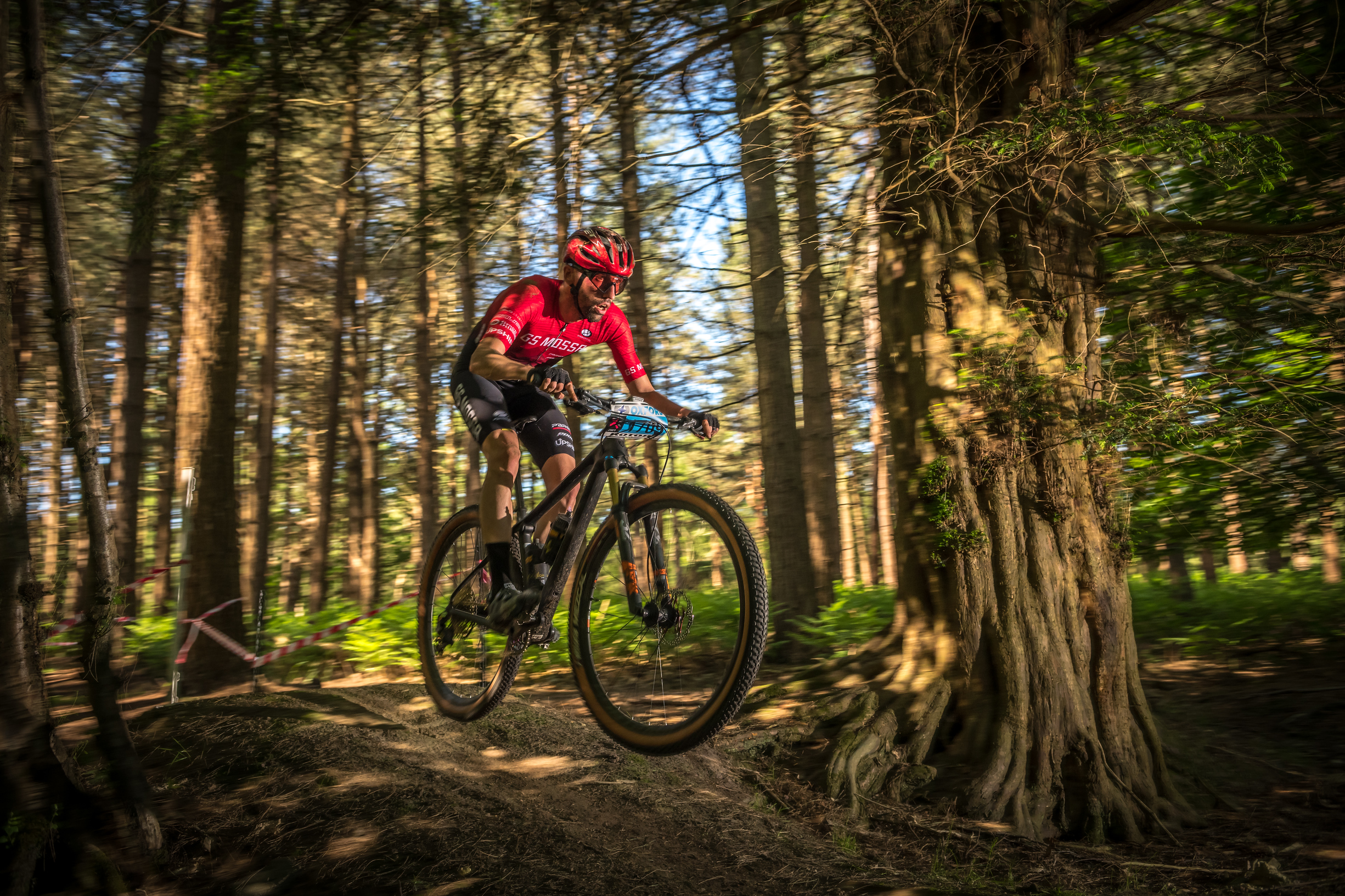Lazer unveils proprietary KinetiCore rotational impact protection in their helmets
Strategic location of EPS crumple zones said to reduce cost, weight and waste, with improved helmet safety and ventilation

Today marks a significant announcement from one of the oldest helmet brands in the world, Lazer. Founded in 1909 by the brothers Lacroix, the Belgian company has spent the better part of a decade looking at ways to refine helmet safety and was one of the early adopters of MIPS technology. Independent testing by Virgina Tech has rated 19 of Lazer's helmets with a maximum five stars – 16 currently still use MIPS while three use the company's own rotational slip-plane technology dubbed KinetiCore.
The initial implementation run of KinetiCore kicks off with six helmets spanning road, commuter, kids and mountain biking: the Vento, Strada, CityZen, Nutz and one of the best mountain bike helmets we've ever tested, the Jackal. Lazer will eventually phase out MIPS completely from its range but this represents a longterm play that the company envisages will take around two years – a goal that will coincide with the new CE rotational impact standard pegged to roll out in 2025.

KinetiCore technology
KinetiCore was inspired by vehicle crumple zones which act to absorb energy in the event of a collision. To achieve a similar-acting technology, Lazer used over 5,000 helmets in drop tests before finding a solution and refining the controlled crumple zones. These zones are characterized by a collection of specifically positioned and shaped blocks within the inner EPS that are designed to break and spread the impact along the helmet to prevent shockwaves from reaching the head.
The KinetiCore technology has proved to not only reduce weight but also improve ventilation. Unlike MIPS, KinetiCore is specific to each individual helmet and lowers overall weight, and doesn't increase it. Lazer has also not denied the possibility of licencing out the KinetiCore technology for implementation in other industries such as construction, not to mention action sports such as skiing – but this is a longterm play that is likely to transpire over the next two years.

Lazer Jackal KinetiCore
The Lazer Jackal KinetiCore replaces the highly rated Jackal MIPS helmet. The new model boasts several improvements, most notably a 50g reduction in weight and 5.2% better ventilation thanks to the removal of the MIPS cradle and KineticCore implementation. Most of the features remain unchanged so you get the same prominent, adjustable visor and cradle system, an action camera mount and a pretty nifty-operating magnetic buckle. It also plays nicely with the best mountain bike sunglasses.
In terms of ventilation, the Jackal KinetiCore boasts 19 vents in an inlet/outlet system formation, with channels inside to keep air flowing over the head. It's big party trick, however, is the goggle venting channel carved into the helmet brow. The Jackal is available in eight colors including popular black/white, matte black and matte blue hues.
To help reduce build a cleaner environment, Lazer has also launched a new box and packaging solution that includes a 50% reduction in ink and total removal of polybags for helmets and manuals. This together with a reduction in plastics in the make up of its current range of KinetiCore helmets shows how serious Lazer is about reducing its carbon footprint as well as changing the helmet space altogether.
In terms of pricing, the Jackal KinetiCore will set you back $219.99 / £179.99 / €189.99. This is a fair chunk more pricier than the outgoing model, but it's also a safer, lighter and environmentally friendlier option – attributes that are worth considering.
Tech Specs: Lazer Jackal KinetiCore
- Price: $219.99 / £179.99 / €189.99
- Weight: 340g, medium
- Sizes: S, M, L, XL
- Rotational safety: KinetiCore
- Colors: 8

Aaron is Bike Perfect's former tech editor and also the former gear editor of Bicycling magazine. He's tested thousands of bicycles all over the world. A competitive racer and Stravaholic, he’s twice ridden the Cape Epic, raced nearly every MTB stage race in South Africa and completed the Haute Route Alps. Recently, Aaron has also taken up Zwift racing and competes at the highest level of eRacing, the ZRL Premier Division.
Rides: Trek Procaliber 9.9 MTB
Height: 175cm
Weight: 61.5kg
